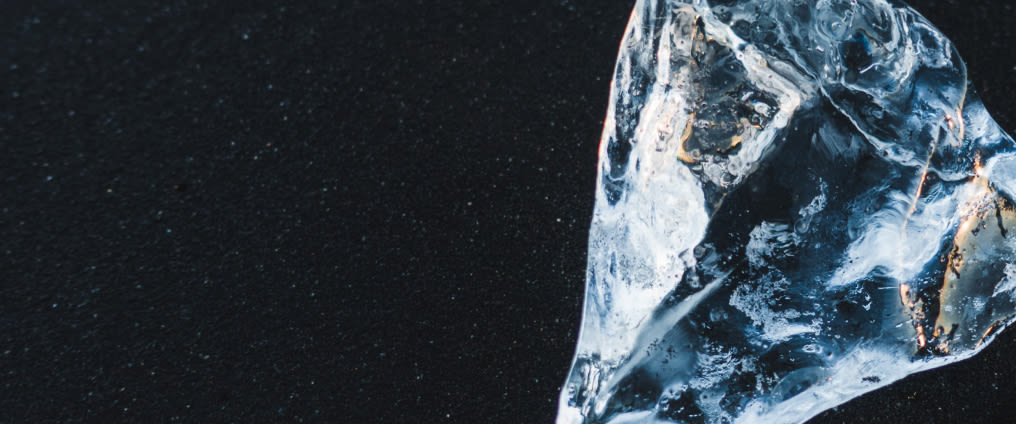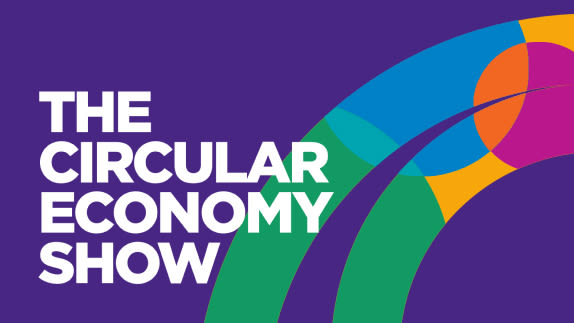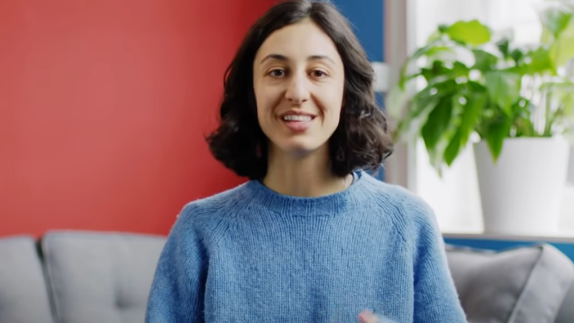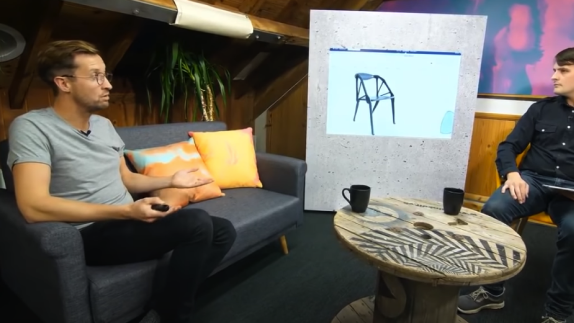Engaging more people in the circular economy discourse
Art helps us identify with one another and expands our notion of we — from the local to the global — Olafur Eliasson
In 2015, while the members of the United Nations gathered in Paris to discuss climate change, artist Olafur Eliasson and geologist Minik Rosing placed 12 glacial icebergs from Greenland’s Nuuk Fjord in Place du Panthéon square. As commitments to reduce greenhouse gas emissions took shape and the Paris Agreement formed, the citizens of the city walked amongst the melting Ice Watch installation “witness[ing] the ecological changes our world is undergoing”. Eliasson and Rosing brought the climate debate to the fingertips of the people.
Despite being much discussed and studied, climate change remains for many a distant and intangible phenomenon. This perception impacts the actions people are willing to take to address the issue; distance from the concept, in this instance, is akin to distance from the threats. For Eliasson, art like Ice Watch works to overcome this, helping “people not only get to know and understand something with their minds but also to feel it emotionally and physically.” It is art aiming to make complex topics accessible in order to catalyse change.
Eliasson is not the first to recognise this aspect of the power of art. While many works reflect and respond to what is happening in the world — with iconic examples including Picasso’s renowned anti-war commentary Guernica and Norman Rockwell’s encapsulation of the US Civil Rights Movement in The Problem We All Live With — art has also historically led to action. From Leonardo Da Vinci’s anatomical drawings, which changed the way we study the human body, to Andy Warhol’s commentary on products and celebrity that shaped how we think about and interact with branding and fame. These artistic endeavours, and many others, have shaped cultural debate and changed behaviour.
Driving change for a better future
As the world reels from the impacts of the Covid-19 pandemic, debate is currently circling the topic of how to build an economy more resilient to shocks. Artists such as Marc Quinn and Callum Innes have already begun to reflect on the pandemic, but art could equally create momentum behind solutions by engaging a wider audience.
Circular economyCircular economyA systems solution framework that tackles global challenges like climate change, biodiversity loss, waste, and pollution. It is based on three principles, driven by design: eliminate waste and pollution, circulate products and materials (at their highest value), and regenerate nature. is one such way forward. It is a concept with clear aims — design out waste and pollution, keep products and materials in use, and regenerate natural systems — and offers a tangible pathway for a resilient economic recovery from the pandemic, while ensuring attention isn’t turned away from other global challenges such as climate change and biodiversity loss. But achieving these aims requires a re-imagination of what is possible and significant innovation efforts.
As Fumio Nanjo, director of the Mori Art Museum, told The Japan Times back in 2013: “At the core of any discussion of creativity or innovation is art.” In parallel to the technical and analytical exploration of circular economy, artistic interpretation has the ability to include more people in the growing discourse, creating entry points that bring the topic to new audiences.
This is the aim of ‘Transitioning to a circular economy’, a creative collaborative project with the Waste Management Research Group (WMRG) at the University of Southampton. While the project focuses on communicating the problems associated with waste electronic and electrical equipment, Susannah Pal, artist on the project, blogged that she “will be creating emotive art that inspires active public participation in the circular economy [to] stimulate behaviour change.”
Art as a medium to inspire behaviour change was also recently explored by Emma Hislop, artist in residence with the Ellen MacArthur Foundation in 2020. Hislop explains: “Art is made because [something] cannot be said any other way than by a visual language. [Yet] compare fine art and economy and you will find mutual inaccessibility. Jargon is prevalent in every industry […] Systemic jargon keeps open and honest discussions internal, completely stalemating creative thinking, and closing the door to collaboration. You can’t hope to broaden your reach if you only reach out on your terms; make it a little uncomfortable — no risk, no reward. It’s simple, to start an honest effort, invite the Other into your personal space, your sphere, your home.”
Moving to a circular economy, at the scale and depth required, is a creative challenge that requires unprecedented levels of collaboration and new solutions. To achieve it, the size and diversity of the network of people working on the subject needs to increase, enabling the idea to travel to new places and creating wider understanding. Importantly, this broadening of the conversation will reveal new connection points in our global economy. Complex systems are greater than the sum of their parts, so these connections are where the magic happens.






